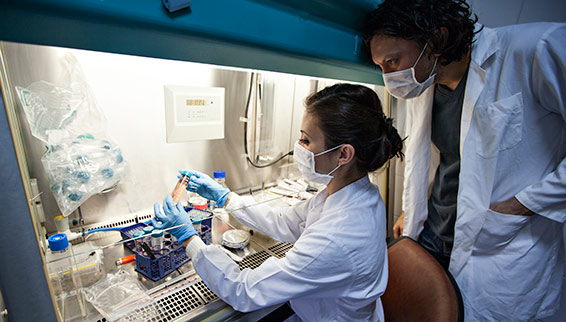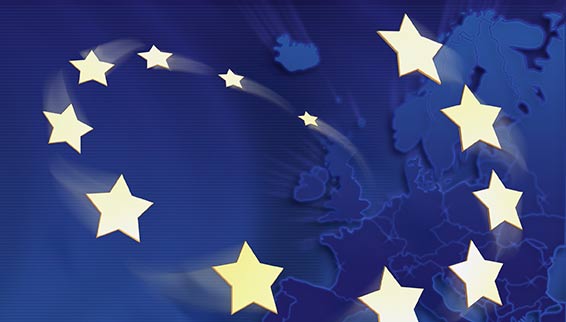Chemicals causing cancer
The EU is constantly working to find out which chemicals cause cancer. Some chemicals are known to cause the disease and are heavily controlled by law to protect people who may be exposed to them.

Some common things in our daily lives are known by most people to cause cancer – for instance, tobacco smoke and ultraviolet rays from the sun.
Asbestos is another well-known example, which is why its use is strictly controlled. While tobacco smoking is the main cause of lung cancer, asbestos exposure is also one of the key occupational risk factors linked to developing lung cancer. But many more substances that most people have never heard of are classified by the EU as carcinogens.
Risk and exposure to chemicals
If you are worried about being exposed to carcinogens, it is important to be aware that a classification does not necessarily mean that there is reason to be worried about using a product which contains that substance.
Whether or not you will develop cancer will always depend on both dose and exposure – in other words, how much of the substance you are in contact with, how often and in what way.
If the substance is not released into the environment, or if we are not exposed to it, it will not pose a risk to us. Holding a pack of cigarettes will not give you cancer, but smoking many of them over a long period of time might.
The likelihood of getting cancer from a specific chemical depends on several factors, including:
- the type of chemical you were exposed to;
- how big a dose you were exposed to;
- how often, when and how you were exposed;
- how long you were exposed to the chemical for.
- your general health condition and your genes;
- possible exposure to other substances that can cause cancer.
What the EU is doing
When there is evidence that a substance causes cancer, it will be classified as such. This results in limitations agreed at EU level on how they can be used.
The EU is constantly working to find out which substances can cause cancer and other harmful effects. Companies provide information on the chemicals they use. ECHA then screens and prioritises those substances that matter most, such as those that are widely used and potentially in contact with consumers, workers or the environment. If you want to know more about how the legislation works, you can read the page How are chemicals controlled?
Examples of chemicals that are known to cause cancer:
- asbestos
- benzene
- 1,4-dichlorobenzene
- azodyes
1,4-dichlorobenzene (DCB) has been used for years in air fresheners and deodorisers in public toilets, homes and offices. We now know that it can cause liver cancer and it is therefore banned for those uses in the EU. The ban not only benefits consumers using air fresheners in their homes, but also the people working in places where air fresheners are used.
Another example is chemical compounds called azodyes, which may release cancer-causing chemicals called aromatic amines. Since 2003, azodyes have been restricted in textile and leather articles that come into contact with the skin.
When a substance is classified in the EU as causing cancer, it will in most cases fall under a restriction, which bans its sale to consumers.
Read more
- The International Agency for Research on Cancer
- Fact sheet on cancer - World Health Organization
Previous Next Layout
Read Also
-
 general
generalFighting cancer using nanotechnology
Nanomaterials are not only used in consumer products, but also in new and innovative medical treatments. Research has shown that nanoparticles can be used to damage and even destroy cancer cells from within.
READ MORE -
 general
generalHow are chemicals controlled?
Life would not exist without chemicals - they are present in us, all around us, and in every product we buy. The European Union has the most ambitious chemicals laws in the world to protect us. Both companies and authorities have a role to play to improve safety.
READ MORE
